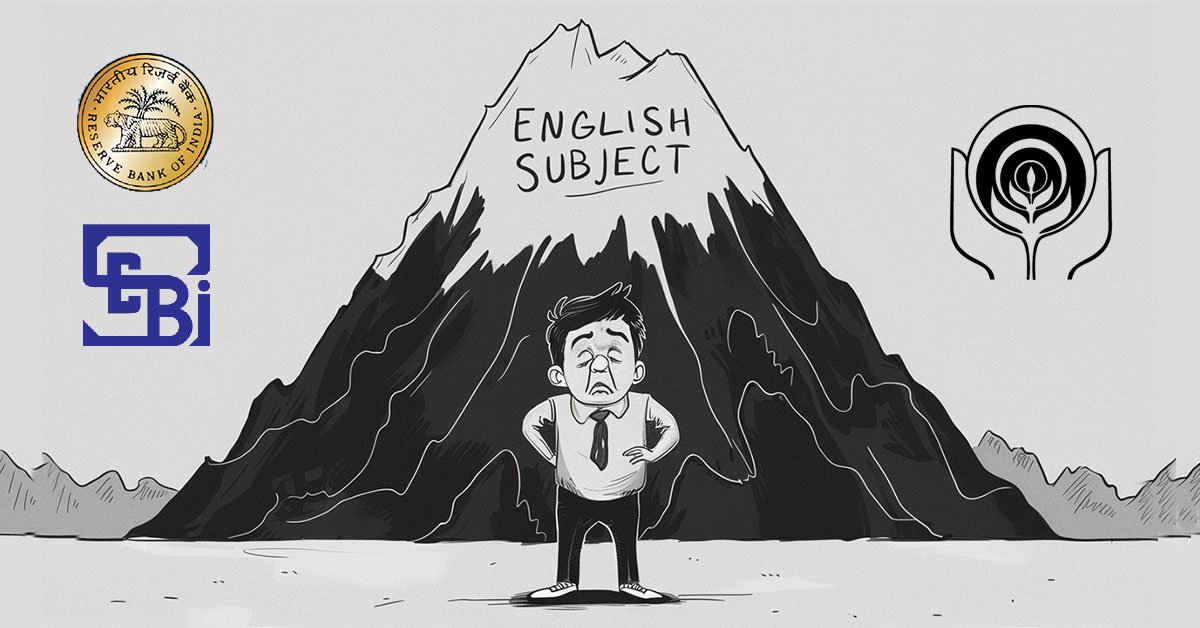Context:
India is set to enhance its counter-drone warfare capabilities as the Army and Indian Air Force (IAF) prepare to procure 16 indigenous Integrated Drone Detection and Interdiction System (Mark-2) units.
About Integrated Drone Detection and Interdiction System (Mark-2)
- What It Is
An advanced indigenous counter-drone warfare platform designed to detect, track, and neutralise hostile unmanned aerial systems using a combination of sensors, jammers, and high-energy laser weapons. - Developed By
Defence Research and Development Organisation (DRDO), led by CHESS – Centre for High Energy Systems & Sciences, in collaboration with the Armed Forces. - Aim
To provide India with a rapid-response, precise, high-energy counter-drone system capable of neutralising surveillance drones, weaponised UAVs, and swarm attacks across sensitive borders, military bases, and critical infrastructure.
Key Features
- 10 kW Laser Neutralisation capable of engaging enemy drones at up to 2 km, doubling the range of the earlier Mark-1 system.
- Multi-sensor detection suite integrating radar, EO/IR sensors, RF detectors, and AI-enabled algorithms for real-time detection and classification.
- Hard-Kill + Soft-Kill Capability: Disables drones using both laser beams (hard kill) and RF jamming/GNSS spoofing (soft kill).
- Vehicle-mounted and Rapidly Deployable: Mobile platform suitable for borders, forward bases, airports, and urban protection zones.
- Next-generation integration with 30 kW high-energy laser systems planned for future strikes up to 5 km.



















